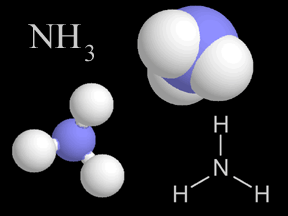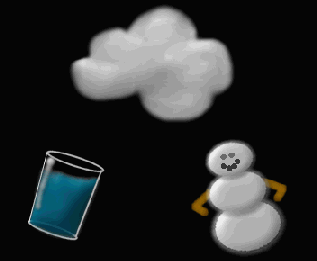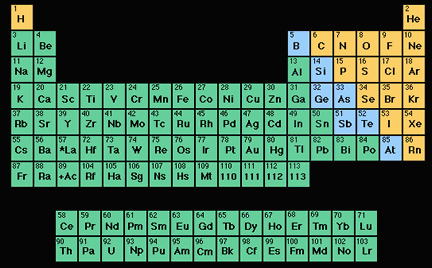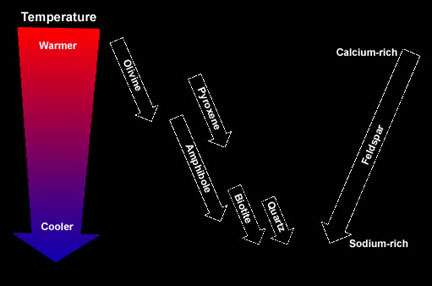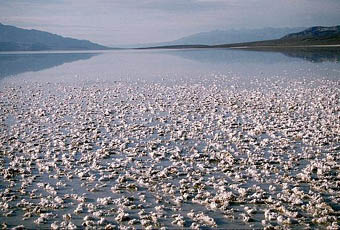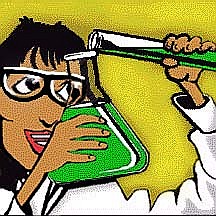
Windows to the Universe original image
Related links:
Chemical Reactions
You pour a blue liquid into a red liquid and after a great deal of bubbling and frothing the mixture becomes yellow. What happened? Is it magic? No, it’s a chemical reaction!
Not all molecules will react with each other. For instance, if those liquids were just water with a little blue and red food dye, there would be no reaction when one was added to the other, no bubbling, and no frothing. The two liquids would just mix together and the color would become a shade of purple (because red and blue colors combine to make purple).
The bubbling and yellow color are signs that the two liquids did not just mix, they reacted! The bubbling means that some molecules were released as a gas. The yellow color means that the original liquids are no longer present. The resulting liquid is something new, made from the chemical components of the original liquids.
Not all reactions will bubble and froth, and not all result in a yellow liquid. In general, a chemical reaction happens when different molecules interact causing a chemical change. The chemical change means that the molecules that interacted are no longer there but they have combined in a new way to form something else. Chemical reactions can happen with complex molecules or atoms. The original materials are called the reactants and the materials you have after the reaction are called the products.
Here are some examples of chemical reactions you may have seen before:
Rusty Nails: A chemical reaction between the iron in steel and oxygen in the atmosphere causes rust.
Photographic film: There is a chemical reaction on the film wherever light hits it.
Batteries: Chemical reactions within batteries produce electrons called electrochemical reactions.
Halloween Lightsticks: A chemical reaction excites atoms causing the stick to glow.
Homemade Volcano: When baking soda and vinegar are combined, they erupt as carbon dioxide gas is released. (If you try this, be prepared to clean up afterward!)
Fizz Fizz: Dropping an Alka-Seltzer tablet in water makes a bubbling chemical reaction.
An Old Fruit Salad: Cut a piece of fruit open and it soon turns brown, reacting to the oxygen in the air.






